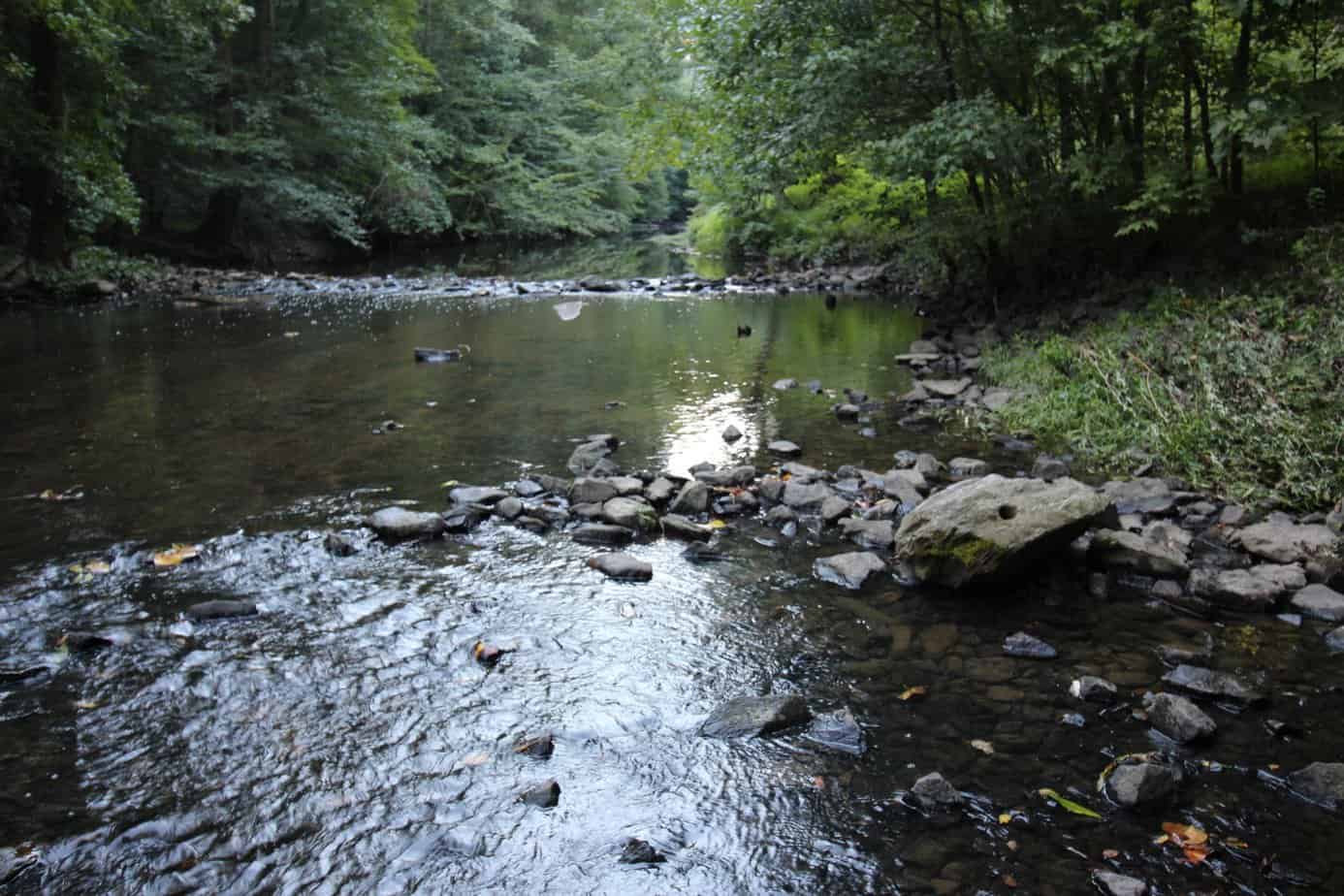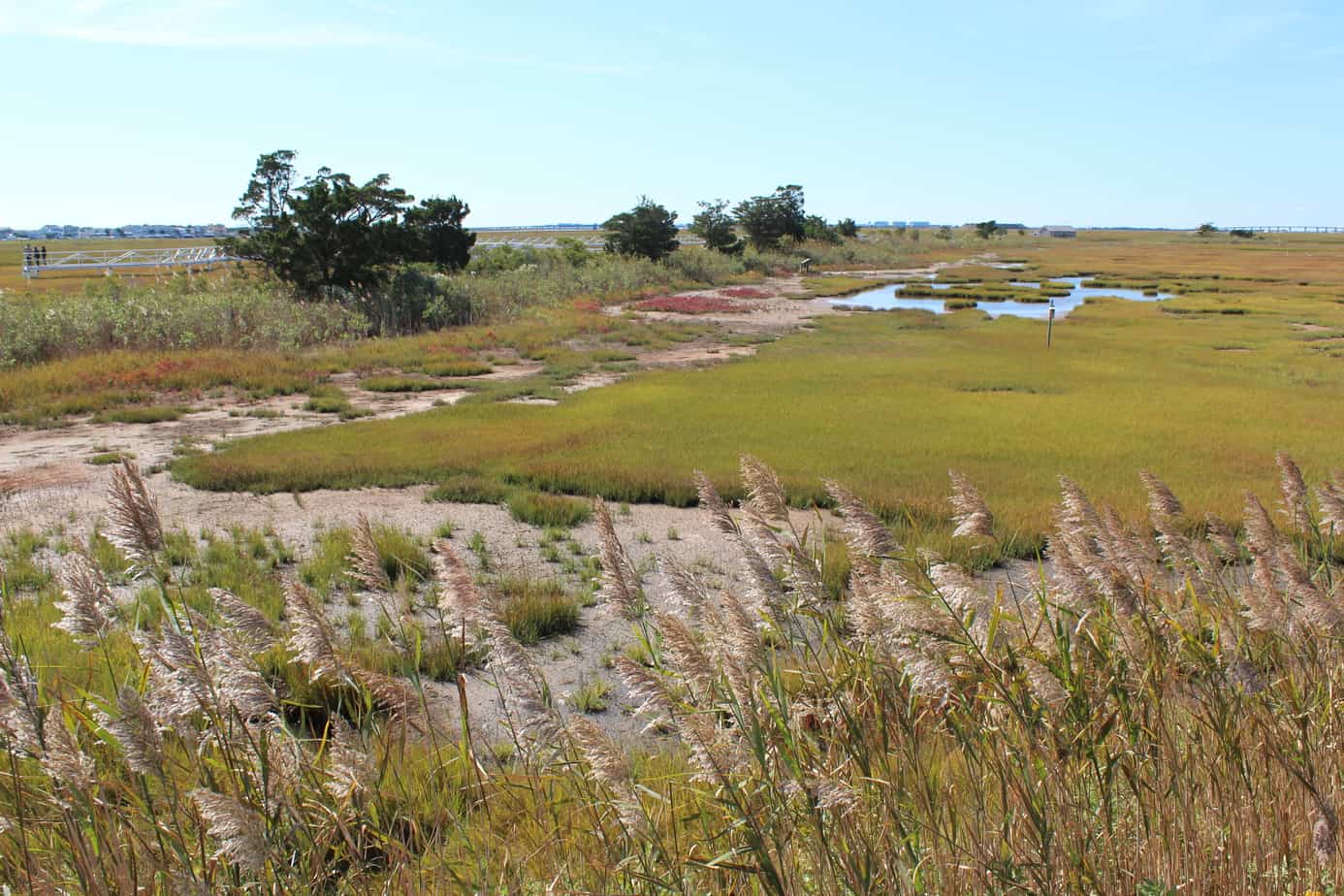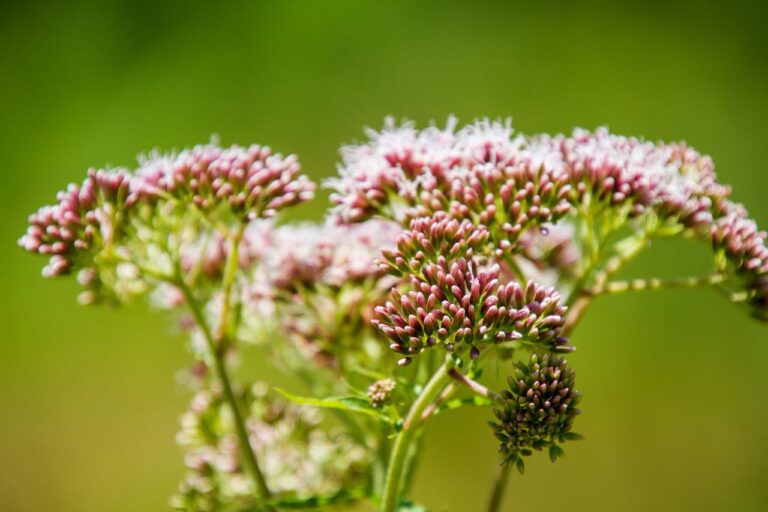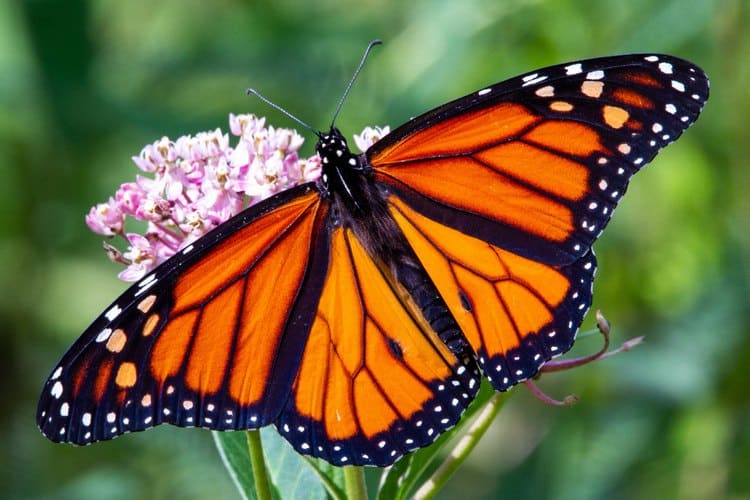Mighty Macroinvertebrates: How To Monitor Stream Health Near You!
Did you know that a stream’s health can be measured by the kinds of “creek critters” you find in its waters? Today we’re sharing all about macroinvertebrates, and how you can use them to assess the health of your local stream. Let’s get learning!
What are macroinvertebrates anyway?
Macroinvertebrates are animals large enough to see without a microscope that don’t have a backbone. When we talk about macroinvertebrates that help us understand the health of a creek or stream, we’re talking about benthic macroinvertebrates. These macroinvertebrates (or “macros” for short) are bottom dwelling aquatic insects and larvae. Some common examples are crayfish, aquatic snails, and leeches. Benthic macroinvertebrates are awesome stream health bioindicators.
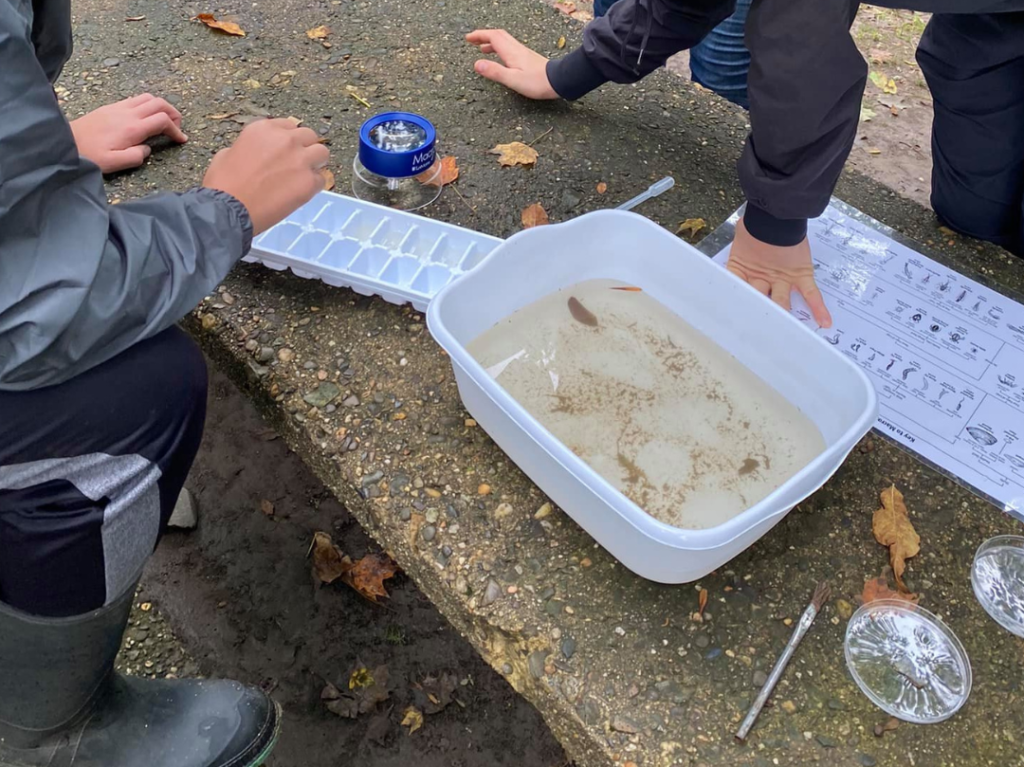
What is a “bioindicator”?
A bioindicator is an organism that is so sensitive to changes in its environment. An observer can use it to tell how healthy that environment is. For example, have you ever heard the saying “a canary in a coal mine?” Canaries are very sensitive to air pollution. Coal miners used to bring canaries with them into the mines to help know when the air became too toxic to breathe. Miners got out quick if the canary became sick or died in the mine! Macroinvertebrates are the “canary in the coal mine” of creeks and streams! But why? What’s so special about them?
Why do macroinvertebrates make great bioindicators of stream health?
Benthic macroinvertebrates are great bioindicators of stream health. They vary in sensitivity to water pollution. Some benthic macros are able to tolerate lots of pollution in the water, while others can’t tolerate much pollution at all. Scientists (like you) can sort and count benthic macros living in creeks and streams to determine how healthy that body of water is. Pretty cool, right?
There are three general categories of macros that are sensitive to pollutants in the water. Knowing how common these organisms are in your stream helps you know the overall water quality. The three types of macros are mayflies, caddisflies and stoneflies. Generally, the more variety and quantity of these macroinvertebrates you find in your stream, the better the water quality is! However, macros are not the only factor needed to assess the overal health of a stream.



What are the limitations of using macroinvertebrates to determine stream health?
Macroinvertebrates are certainly not the only indicator of a stream’s overall health, but they are an important one! When we look at the overall health of a stream, we need to take into account macros, and also consider other things that contribute to the health of the waterway. The three main categories that determine a stream’s health are biological, chemical and physical. Macroinvertebrates are only one component of the biological health of a stream. When you also examine the physical and chemical health of the stream, you will get a more complete idea of how healthy it is. Finding macros in your local stream is a fantastic way to start learning more about stream health. It’s easy, educational, and fun!
How can I find macroinvertebrates in my local stream?
Finding macros in your local creek or stream is pretty simple. You might have already discovered critters under rock and leaves a time or two as you splash in the water on a hot summer day! If you’d like to study the health of your stream by counting and sorting benthic macroinvertebrates, we suggest that you give the Creek Critters app a try (it’s free)!
The Creek Critters app will teach you how to use basic household/homeschooling supplies to safely collect, sort and identify benthic macroinvertebrates in your local creek or stream. Once you’ve entered your findings into the app, it will generate a stream health report for you. You can even return to the same location multiple times each year to collect longitudinal data (that’s a fancy way of saying that you record the same information on different days, which will give you a better idea of your stream’s health over time).
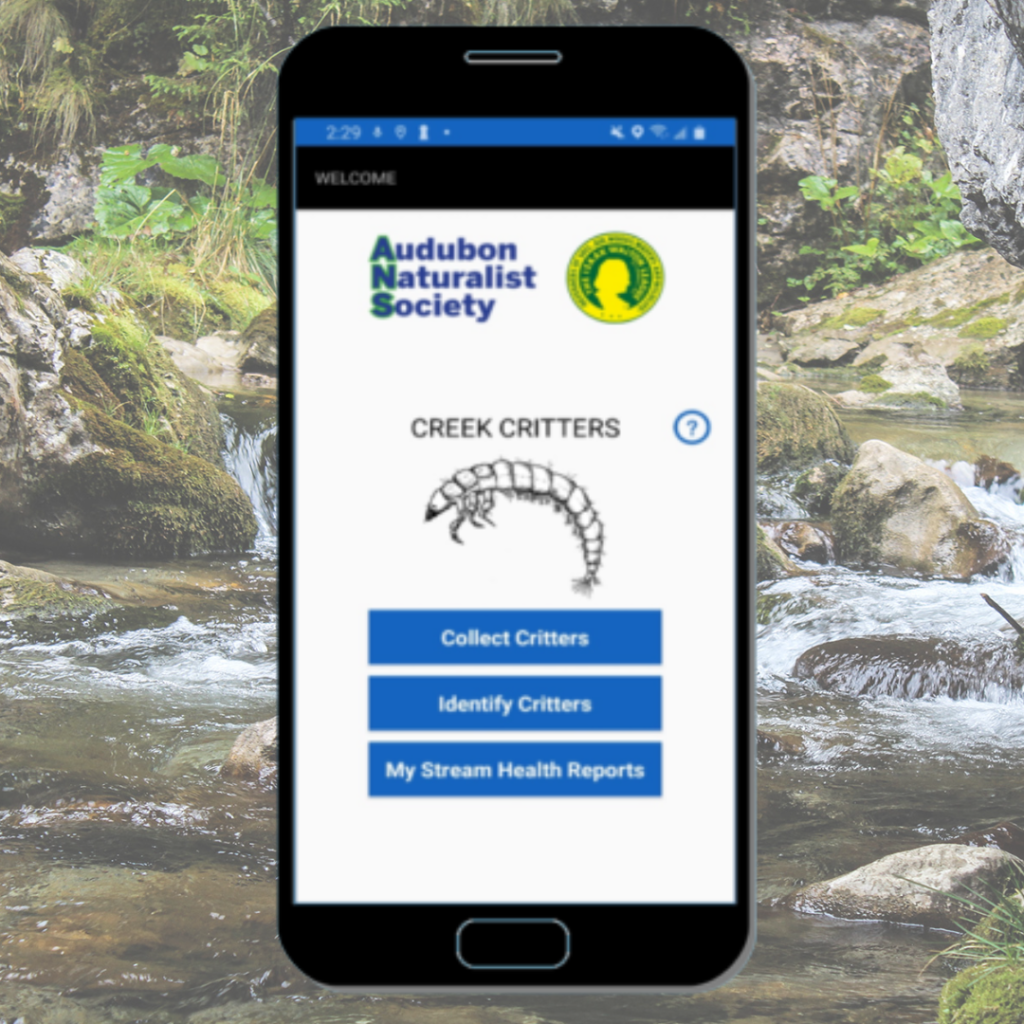
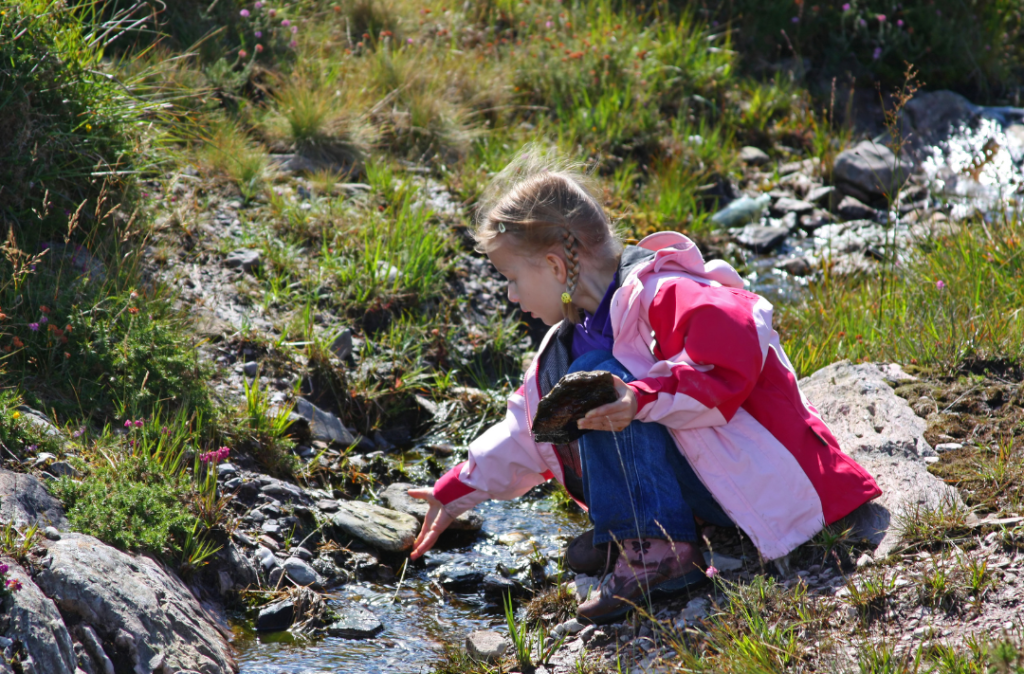
How can I identify the macroinvertebrates I find in my stream?
Identifying macroinvertebrates can feel overwhelming, but you don’t have to be an expert to get started! The Creek Critters app does a great job of leading you through an observation process (officially called a dichotomous key) that will help you identify the critters you find. Other ways to get to know more about macros are by visiting the online Atlas of Common Freshwater Macroinvertebrates of Eastern North America, or by printing out this handy macro chart by NC State University’s Department of Biological and Agricultural Engineering.
Where can I submit my macroinvertebrate findings to determine if my stream is healthy?
If you’re using the Creek Critters app to identify the macroinvertebrates you find in your stream, it will automatically calculate the health of your stream as you enter your macros into the system. It will let you know if your stream’s health is “poor”, “fair”, “good” or “excellent”. If you’re not using the Creek Critters app, you can use this Biotic Index Calculation PDF from Water Action Volunteers to calculate the health of your stream by hand.
Want to head out to your stream and find some macros? Download Creek Critters app and get collecting today!

